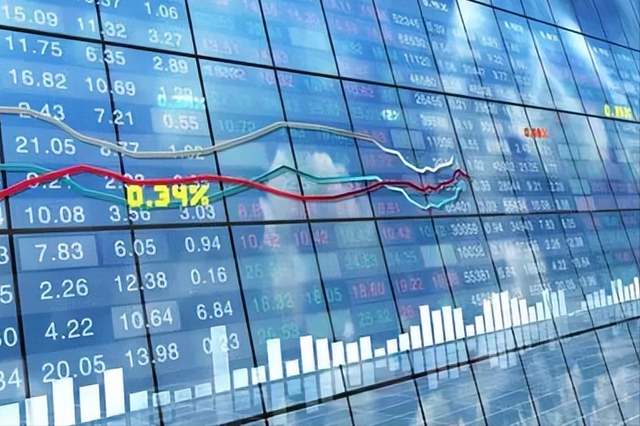Today, we share a simple fund analysis framework. The framework is mainly for active partial equity funds. The analysis period is the longest period managed by the same fund manager, and the longer the time, the better.
01 Performance
Whether the long-term excess return is stable: whether the cumulative return rate can be compared with the benchmark, and whether the excess return curve can be steadily upward.
Since it is actively managed by professional fund managers, we certainly need fund managers to make returns that exceed the benchmark, and it is the best to obtain such excess returns steadily every year.
Occasionally, there is a lot of excess in a year. Occasionally, there is no excess or even loss in a year. I don't like this kind of fund manager, but I prefer a fund manager who plays steadily. This may imply that his investment system is suitable for a variety of market conditions, and it is made by strength rather than market luck.
02 Withdrawal performance
The biggest retreat in history: how much has the biggest fall in history? You can evaluate whether you can bear this pain and how to avoid it in advance.
The second is to assess whether they can bear it. After all, volatility always exists in the stock market;
The third is to make withdrawal reference for the investment strategy behind you. For example, you can refer to the extreme withdrawal in history to formulate your own increase strategy.
Finally, in the area of withdrawal, we should say a few more precautions:
Roll back is only a result, not an indicator that can be deliberately controlled and managed. Due to its high stock position, the partial hybrid and equity funds will inevitably have higher volatility and withdrawal. In the long run, the stock position level and the investment ability or style of fund managers jointly determine the size of the withdrawal.
03 Situation of shares holding
Concentration ratio of the top ten stocks: the proportion of the positions of the top ten stocks can be roughly divided into high, medium and low grades, for example, more than 60% is high, less than 40% is low. The position concentration can reflect the investment style of fund managers. Whether they are optimistic about concentrated investment of high-quality enterprises or prefer to spread large pie for diversified investment.
Industry configuration: the investment proportion of each industry in history can reflect the investment preference of fund managers. Some are distributed in each industry for a long time to balance, some are concentrated in a certain industry as the theme, and some are directly switched in the industry for rotation.
Style type: The proportion of various styles in history is divided into large, medium and small ones according to the size of the plate. Then each type is subdivided into growth and value styles, and a total of 6 styles can be formed.
Most fund managers are relatively stable in style type. Those who like to invest in small and medium size market growth will have a favorable income when the growth style and small and medium size market style come. However, if the market cuts to the value of the large market, it will be easy to lose money.
Turnover rate: the turnover rate data of each year in the history can reflect the operating frequency of fund managers. Some turnover rates are lower than 100%, focusing on long-term holding, and some turnover rates are higher than 1000%, which can be harvested frequently.
In addition, in the medium and long term, turnover rate and performance are not very relevant. There are experts who can accurately grasp market hot spots among funds with high turnover rate, and there are also experts who can invest in funds with low turnover rate.
Valuation of individual stocks in positions: the average valuation of stocks in positions can reflect the holding style of fund managers. Some PE prefer to underestimate the value by several times or more, some PE pursue value and balanced growth by twenty or thirty times, and some PE prefer to grow by forty or fifty times.
04 Fund size
Fund size and change: Now people are more and more concerned about the size of the fund. It is really difficult to turn around when the ship is big and it is not effective to buy small market value, so it is necessary to avoid large-scale funds.
At the same time, combined with the observation of the changes in fund shares, we can see the extent of investors' pursuit of the fund. Sometimes, it is really bad to pursue more people.
Holder structure: based on the proportion of institutional holdings, individual holdings and internal holdings, it is necessary to further study the proportion of institutional holdings and internal holdings.
Fund managers' holdings: The maximum number of funds that fund managers buy is ">100". It is always good for fund managers to buy their own funds.
05 Rate
The management fee, custody fee, redemption fee, etc. are all to deduct your money. Get to know them well before buying. But you are also really expensive, such as the active stock base, no matter how 1.5% of the annual management fee is charged.
Conclusion
Based on the above methods, you can preliminarily judge whether the fund is worth buying and whether the fund manager is trustworthy, so as to add more guarantees for you to realize wealth freedom as soon as possible.






